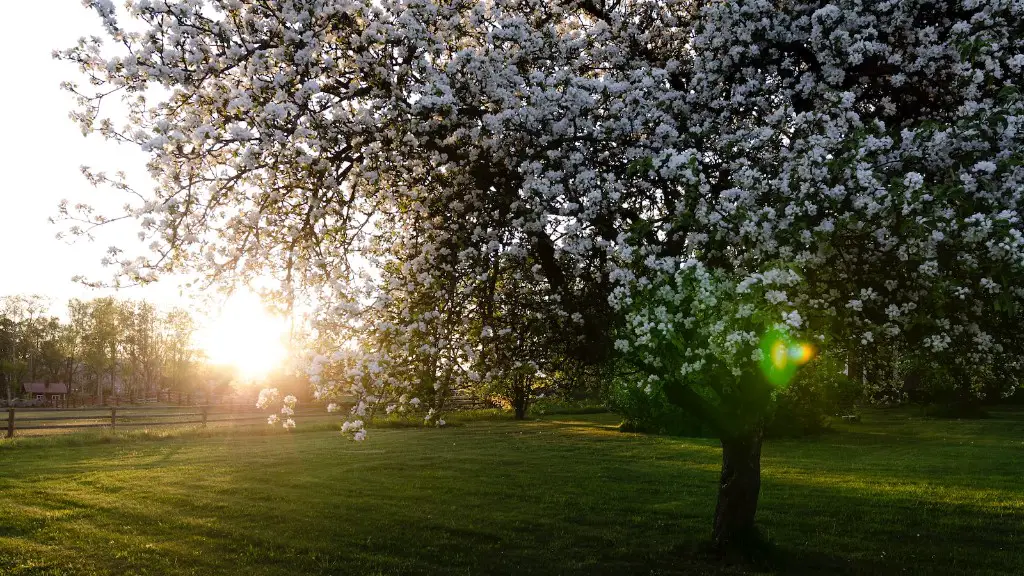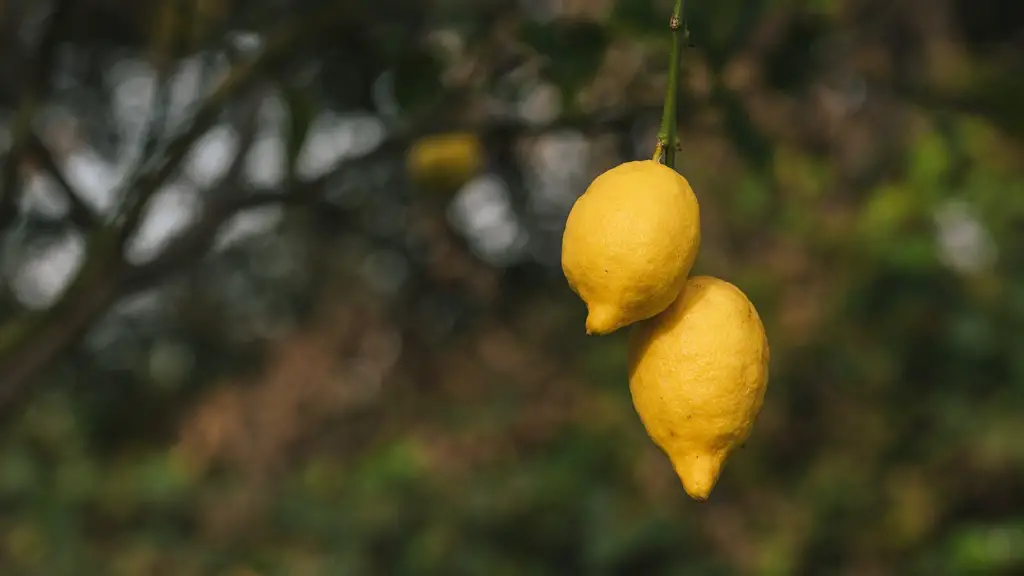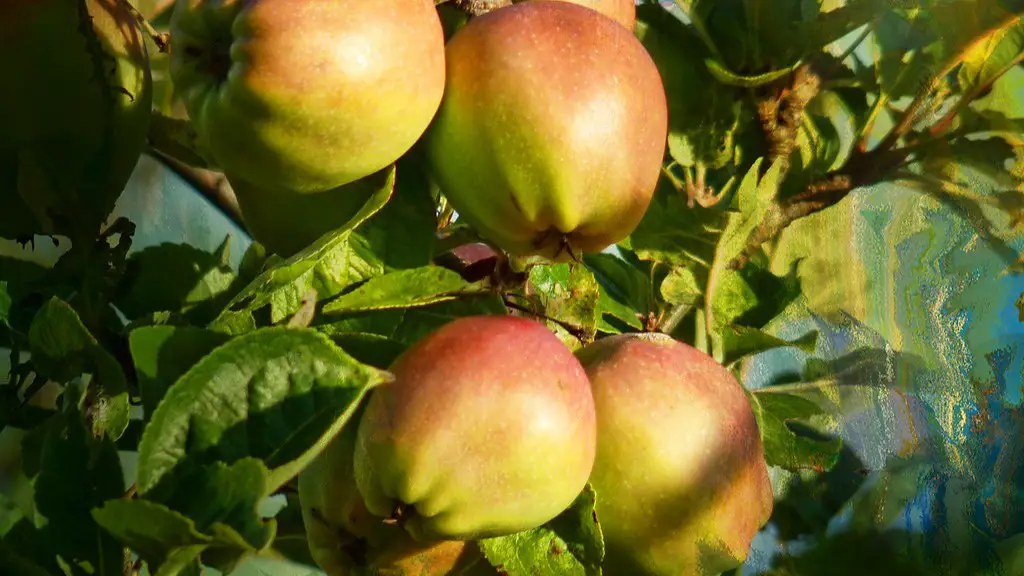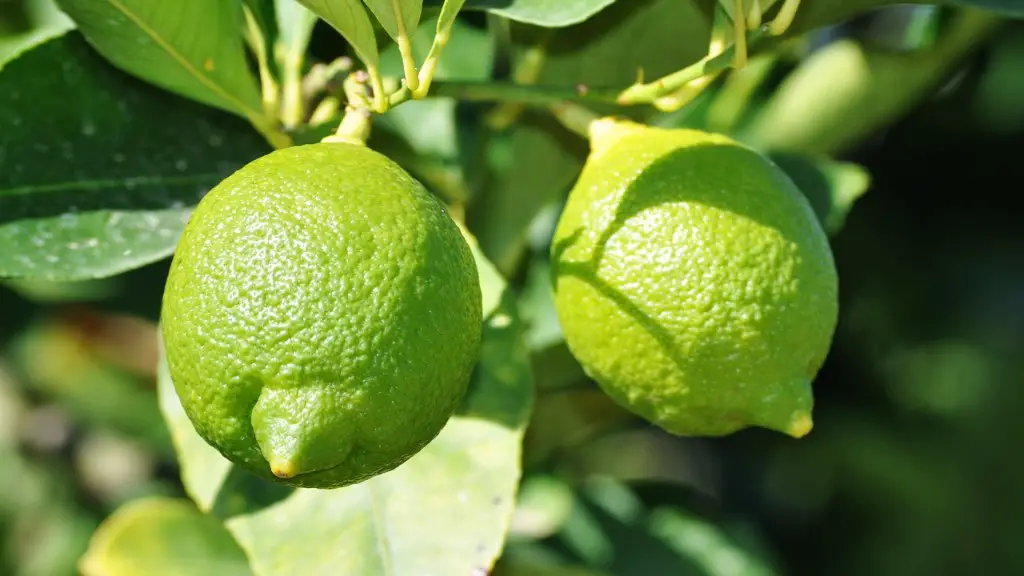How do you pick apples from a tree? Picking apples from the tree is a great way to get fresh, healthy fruit for you and your family. It’s also a rewarding experience. Here are some tips for picking apples from the tree:
1. Choose the right tree: Select a tree with large, mature apples that are easy to reach. Look for full-size apples with even color, firmness, and shape.
2. Wear the right clothing: Wear clothes that are comfortable and don’t show the dirt or splotches that the apples will leave behind. A long-sleeved shirt and pants are best.
3. Choose the right tools: A ladder for taller trees is a must. Also, consider using tongs or a telescoping fruit picker for hard-to-reach fruits. An apple picking bag holds freshly picked fruits.
4. Get the right height: Position the ladder at the right height. If possible, work at the same level as the tree branches. That way, you can pick the apples without stretching or overreaching.
5. Pick the apples: Grasp the fruit firmly in your hand and twist to loosen it from the tree. Be careful not to pull or damage the stem or the tree itself. Place the apples in the bag or basket.
6. Remove any pests: Check the apples for any small pests, such as aphids, and knock them off or discard them. Also, inspect the apples for any signs of rot or damage.
7. Store the apples: As soon as possible, move the apples to a cool area, preferably a screened-in porch or root cellar. Avoid exposure to sunlight as this can cause the apples to ripen too quickly.
When to pick the apples?
The best time to pick apples from the tree will vary depending on the type of apple tree and the region. Generally speaking, apple trees are ripe for picking in late summer and early autumn. Check with your local agricultural extension for the exact time for picking in your area.
The weather conditions in your region will also impact when the apples are ready to pick. Warm, dry days accelerate the ripening process. Rainy or cold weather can slow the ripening of the fruit. So, be sure to check the forecast when planning your apple picking adventure.
Sharp changes in temperature can also force the fruit to ripen too quickly, resulting in sour or overripe apples. So, practice caution when picking your apples, especially during winter months or any hasty changes in the weather.
Organic vs Non-Organic Apples
Organic apples are grown without the use of any synthetic chemicals or pesticides. However, non-organic apples are grown with the use of such chemicals. The decision to buy organic apples or non-organic apples depends on your personal preference and budget.
Organic apples are considered to be healthier and safer for you and for the environment. However, non-organic apples may be less expensive and easier to find in the supermarket. Ultimately, the decision should be made after weighing the benefits of each.
Organic apples may also cost more, so it would be wise to do some research to see if there is a local orchard that offers organic apples at an affordable price. That way, you can have the healthy benefits of organic apples without breaking the bank.
It is also important to note that some organic apples come with the same amount of pesticides as non-organic apples, so be sure to read the label. Additionally, some organic growers use natural fertilizers, while some non-organic growers may not.
Proper Care of the Apple Tree After Picking
It is important to care for the apple tree after picking the apples. Properly caring for the tree will ensure that it will continue to produce apples for many years to come. Start by making sure that the ladder you used for picking is stored away and the tree is left undisturbed.
The soil around the tree should be kept moist, especially during dry spells. If the soil around the tree is dry, give it a deep soak so that the water reaches the roots. Pruning should also be done periodically to ensure the tree remains healthy. Lastly, be sure to keep any unwanted pests and diseases away from the tree.
Fertilizing your apple tree with organic matter is another good way to keep it healthy. You can also use compost or manure to add essential nutrients to the soil. Just remember to wait several weeks after picking the apples before applying it to the tree.
During the winter months, make sure the tree is covered with burlap or a breathable cloth. This will help protect the tree from frost. Also, covering the ground with a layer of mulch or leaves can help insulate the roots from frigid temperatures.
The Proper Method for Picking Apples
The correct method for picking apples from the tree will depend on the type of apple and the size of the tree. Here are some general guidelines to keep in mind:
• Use a ladder to reach taller branches, and make sure it is secure and stable.
• Use tongs or telescoping fruit pickers to reach harder-to-reach apples.
• Grasp each apple firmly and twist to loosen it from the branch.
• Place the apples in the bag or basket.
• Inspect the apples for any signs of rot or damage.
• Move the apples to a cool area, preferably a screened-in porch or root cellar as soon as possible.
• Check for any pests, such as aphids, and knock them off or discard them.
The Benefits of Picking Apples
Picking apples from the tree can provide a number of benefits. For starters, you have the chance to enjoy the beauty of nature and get some exercise in the process. You can also get chemical-free, fresh apples while supporting local orchards.
Picking apples can also be great fun for the entire family. Kids and adults alike will surely have a blast searching for the perfect apple. It’s also a great opportunity to learn more about the apple tree and how apples grow.
Finally, apple picking is an enjoyable and rewarding experience. After a day spent picking apples, you can enjoy the sweet taste of fresh, juicy apples and the satisfaction that comes from picking your own. So, get out there and get picking!




